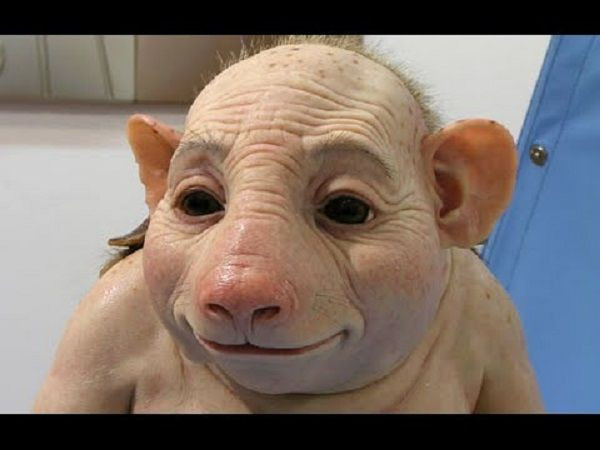Chimeras: NIH considers lifting funding ban on half-human, half-animal embryo experiments

The National Institutes of Health (NIH) issued on Thursday new proposed guidelines on the funding of research on chimeras, or animal embryos with human cells. The guidelines would amend the 2009 NIH Guidelines for Human Stem Cell Research that bans the introduction of human pluripotent cells into nonhuman primate blastocysts.
The 2009 guidelines also prohibits the breeding of animals where human pluripotent cells may have contributed to the egg or sperm cells. However, given science’s direction, NIH feels it is time to reconsider its policies concerning chimera models needed in making funding decisions, writes Dr Carrie Wolinetz, associate director for science policy of NIH.
Even with the current ban on funding, there are several ongoing chimera experiments such as those being conducted by reproductive biologist Pablo Ross who stresses his aim is not to create monstrous creatures but he is doing the experiments for a medical purpose. He is attempting to create at the University of California-Davis pancreas that could be transplanted into a diabetic person.
To do that, Ross used new gene-editing techniques to remove the gene that pig embryos need to make the organ. He injected the human-induced pluripotent stem cells into the pig embryos for the embryo to develop and produce an organ.
In placing new restrictions, the NIH wants to ensure that circumstances where a human-like embryo would develop would be prevented, reports Gizmodo. NIH says it would create an internal committee to help in making funding decisions for chimera experiments and consider the ethics behind future experiments.
Wolinetz reveals that the guidelines were the result of a workshop the NIH convened in November 2015 which brought experts in the field of chimera research and animal welfare. NIH published the proposed guidelines in the Federal Register to identify the two areas of research it may consider funding.
These are introduction of human pluripotent cells into non-human vertebrate embryos up through the end of gastrulation stage, except non-human primates which would only be up to blastocyst stage, and human cells introduced to post-gastrulation non-human mammals, except rodents, “where there could be either a substantial contribution or a substantial functional modification to the animal brain by the human cells.”
NIH sought public comments on the proposal. Gizmodo notes that some biologists, in an article at the Nature journal, are doubting if the guidelines would be sufficient to keep pace with progress.
VIDEO: Controversial Human-Animal Chimeras, The Future of Medicine?
Source: The Daily Conversation





















